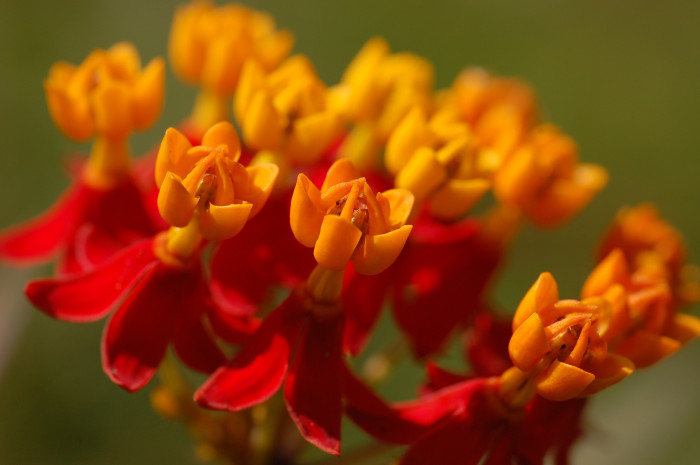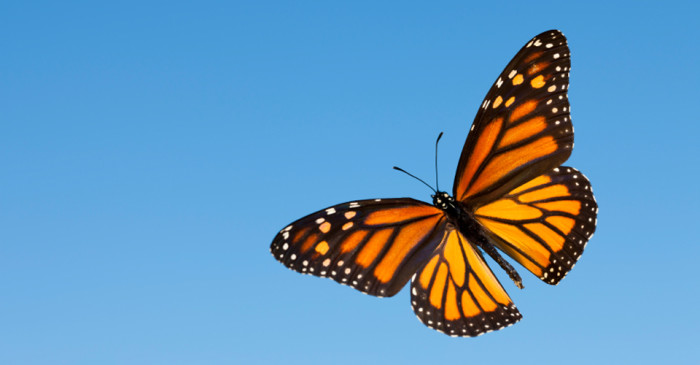Last summer was a bit depressing because I believe I saw one monarch butterfly. As the summer wore on, everyone started noticing that the monarchs had decided not to come to the nectaring party here along the eastern United States. We laid out the buffet but no one showed up for dinner. Because of habitat destruction, climate change, and removal of milkweeds with herbicides, the number of monarch butterflies have been drastically reduced. In response to the noticeable absence of monarch butterflies, many gardeners and butterfly lovers have been asking what they can do to help.
A group from the University of Kansas called Monarch Watch have developed a monitoring and habitat development program to bring back the desired population of monarch butterflies. Anyone can apply to have their garden become a certified “Monarch Waystation” through Monarch Watch. The waystations will provide the food and nectar that the monarchs need to make the migration from Mexico up through the United States and back again. After explaining this process at work, one of my co-workers asked, “how much does a monarch weigh?” No, these are WAY-stations, not WEIGH-stations.

Coastal Maine Botanical Gardens went through the application process of becoming a certified monarch waystation and we received our notification last week that we had passed the test! There is a ratio of nectar and food plants to garden area that has to be met in order to be considered a certified site. Our entire horticulture team spent the winter looking for which plants would provide the best plants for not only the monarchs but all pollinators. This is because our educational theme for the summer is on pollinators. We put a lot of effort on attracting the monarchs so we could become a waystation. In order to meet this certification, we are planting a ton of milkweed in the garden beds. Specifically, Asclepias curassavica in our containers and annual plantings. Asclepias curassavica is a tropical milkweed, originating from the American tropics. It will not be cold-hardy for us here in Maine so we will not plant it out until the soil warms, probably after Memorial Day. Monarch butterflies love Asclepias curassavica as a nectar source for adults and as a food source for the caterpillars. In our Bosarge Family Education Center and in our behind-the-scenes greenhouse, we are building growth chambers where we will also raise monarchs caterpillars with a veritable Asclepias curassavica salad bar. Once the caterpillars pupate, we will release the monarchs into the gardens for all to see and enjoy.
I cannot wait to see the garden this summer, ablaze with the oranges, yellows and reds of the milkweeds and the fluttering wings of the monarchs. It will be wonderful to see these butterflies back into the gardens and I hope the combined efforts of all of us working to bring their numbers back will pay off this summer and in the years to come.
Do you have an area of your garden devoted to butterflies? Are you adding any milkweeds this year to aid in the migration of the monarchs?
–Rodney
Images: Natural Habitat Photo Tours, Derek Ramsey and Chanticleer Gardens

I have a treasured picture that I took of a granddaughter,several years ago, with a Monarch perched on her finger .
Its like you read my mind! You appear to know so much about this, like you wrote the book in it or something.
I think that you could do with some pics to drive the message home a bit,
but instead of that, this is magnificent blog.
A great read. I will certainly be back.
I always allowed milkweeds to have space in my garden, but in the past few years I actively planted more in the form of butterfly weed. Even though I plant a butterfly friendly garden, I have definitely noticed smaller numbers, and monarchs have become rare around here.